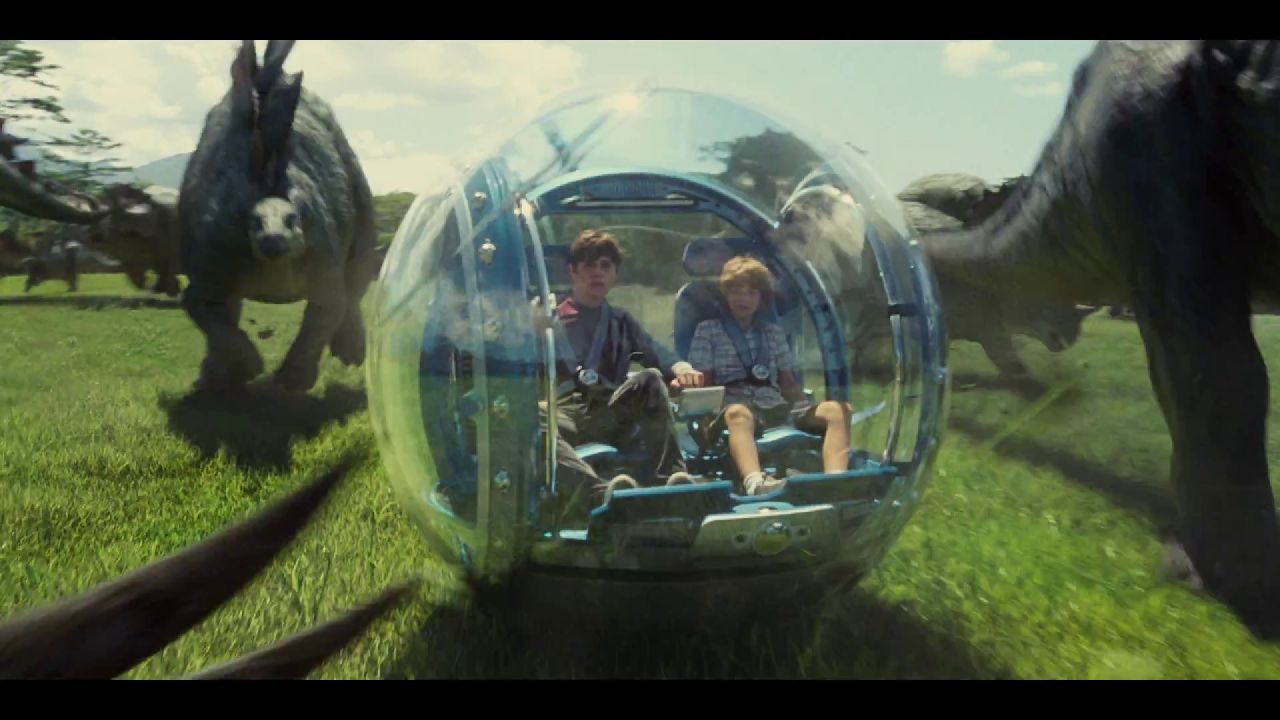Interview: Thomas Miller of Limited Partnership
Posted on June 11, 2015 at 3:39 pm
In 1975, a Boulder, Colorado county clerk issued six marriage licenses to gay couples, including Filipino-American Richard Adams and his Australian husband, Tony Sullivan. Richard immediately filed for a green card for Tony based on their marriage. But unlike most heterosexual married couples who easily file petitions and obtain green cards, Richard received a denial letter from the Immigration and Naturalization Service (INS) stating, “You have failed to establish that a bona fide marital relationship can exist between two faggots.” Outraged at the tone, tenor and politics of this letter and to prevent Tony’s impending deportation, the couple sued the U.S. government. This became the first federal lawsuit seeking equal treatment for a same-sex marriage in U.S. history.
The documentary about this couple and their four-decade struggle for the dignity and legal protections available to opposite-sex committed couples, is Limited Partnership, which will be featured on the PBS “Independent Lens” series on June 15, 2015. I spoke to director Thomas Miller about making the film.
We think of marriage equality as a very contemporary issue. How did you discover this extraordinary case from the 1970’s?
I moved to Los Angeles in the early 90’s and came out as a gay man at the same time. And as I started meeting more of my friends; gay and lesbian, especially in Los Angeles, a lot of them were in relationships with foreign partners. And as I watched these relationships get more serious I discovered that the foreign partner could not stay in the United States based on the relationship and the United States citizen couldn’t go to the foreign partner’s home country. And so I started to do some research and I discovered there were almost 40,000 bi-national same sex couples that were in the same predicament. And so in early 2000 I thought that it would be a good idea to start doing a documentary about this. I didn’t know it would take me almost 15 years to finish.
Tell me a little bit about what happened during that 15 year period and in terms of the film and in terms of what happened in the legal and cultural approaches to marriage equality.
In doing the research for the film I came upon Richard Adams and Tony Solomon’s story. I was very surprised to learn that in 1975 there was a County Clerk in Boulder, Colorado who issued six same-sex marriage license and Richard and Tony received one of those licenses. And what was so important to Richard and Tony was that Richard was Filipino-American, Tony was from Australia. And so they used their marriage license to file for a green card for Tony to stay in the country as a spouse of an American citizen and received a letter back from the INS denying the green cards stating that they didn’t believe that a marital relationship could exist between “two faggots.” which was really shocking.
After getting that letter, they were the first same-sex couple in US history to file for equal same-sex marriage rights including immigration rights in the federal government and that was again in 1975. And so the whole story involved watching these two men fight for the right just to stay together against the United States government for over 40 years. And in covering the story you kind of learn the whole history about when they gay and lesbian movement started. And you sort of get the history of how the country has changed in that 40 year time span.
Why has public opinion shifted so quickly on this issue?
Honestly I think it’s because in the 70s, a lot of people didn’t know of people that were gay or they knew people but they weren’t out so they did not know who they were. And over the course of that time period, people have come out I think thanks a lot to people being more accepting. You started seeing TV shows with gay characters in it that weren’t the stereotypical drag queens but just regular everyday people. They weren’t these outsiders. They were just like everybody else. And so as time went on especially the people who started watching those shows are in their 20s and 30s and 40s and so now they are voting age. Now they are the people just going out there making decisions for people of the United States government. And almost everyone knows someone even in their family or close friends who is gay or lesbian or transgendered. So it is not scary to anybody anymore. I think that is why it is so accepted now.
When you were doing research for this film, what were some of the resources that you used? Were you looking at archival footage? Were you looking in libraries?
Yes, I was really lucky. In Los Angeles we have the One Institute, I also did search the archives, I did consult with like immigration lawyers and a few other people. And I started looking at some magazines and articles from around the country again in the archives and that’s what led me to Richard and Tony’s story. And one of their friends connected me to them and I found out that they also lived in Los Angeles and so that was very fortuitous.
And what pressure did this kind of long-term litigation put on the relationship?
think that it put on a tremendous strain on the relationship. Monetarily, Richard had to sort of support Tony, because Tony really couldn’t work legally in this country. Socially they had to sort of remain… I don’t want to say underground because they weren’t really underground but… How can I put it? They faced so many different obstacles from the United States government and sometimes their own community. They had been fired from jobs because they were out and gay and in the media. They lost parts of their family; Tony was disowned because of that. So a lot of pressures. And it just showed the strength of their love that no matter if it was the government, the family, their friends, the community, their jobs that they were fighting that they had enough love to stay together for 40 years.
Actually Tony says that in the 1970’s when a lot of gay and lesbians were just sort of fighting to come out that they did not get a lot of support from the gay community. The people weren’t thinking about marriage rights or immigration rights, they were just sort of trying to express themselves. Their biggest supporters came from the Republican gay group, not the Democrats. A lot of the Democrats, a lot of the gay organizations were maybe afraid of what they verdict might be if they took their case to court so they were against them trying to fight for that. So again the libertarians and the gay Republicans were their biggest supporters.
What did you learn about the legal system either good or bad as a result of working on this movie?
I have learned that being in the United States we’re lucky that we have the chance sometimes to change laws and fight for one’s rights. I am not just talking my gay and lesbian rights, I’m talking about civil rights, women’s rights, African-American rights, eventually we get it right but it just takes a long time. It takes pioneers, everyday people, to start the fight. Richard and Tony were just everyday people that believed in themselves and believed that they were equal and fought for those rights. And I guess the reason we made the film was to show everybody that we can make a difference in the lives of individuals living in United States. It may take a long time but we can make a difference.
And as a filmmaker, what was the challenge for you in telling the story that stretched out over so many years in an accessible way?
I didn’t want it to be a history lesson. I felt like I wanted to show a love story and in showing a 40-year love story, people could learn the struggles of these characters endured over 40 years. And so that was the challenge, how to do that without getting people mixed up; where were we in time? So we had to learn how we use graphics, how to use a timeline to do that, how do you incorporate a lot of archival footage and keep it interesting and make it emotional. And luckily we had some great characters for really unexpected twists and turns in the story and sort of bittersweet ending. One of the things that has been nice for me is that when I have gone to the film festivals with this film for years, a lot of people who were not gay came up to me, even really conservative people and said, “You know, you made a love story and I get it.”




